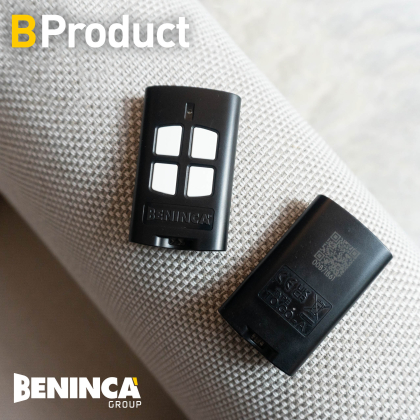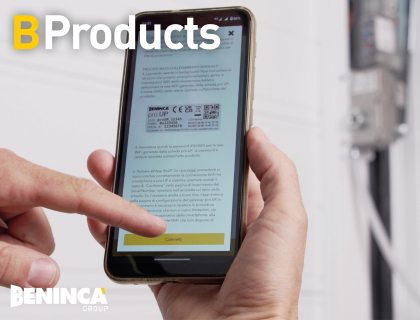
Benincà started evaluating the possibility of implementing the CRM system in early 2020 to address the evolving requirements stemming from the group's increased sales volumes and internal organisational changes.
The increased number of employees in the sales department and after-sales office required a unified tool tomanage information from the client side comprehensively and flexibly. In collaboration with Open Symbol, we opted for the Sugar CRM solution due to its seamless integration with our management system and robust customisation options. A consulting team helped us adapt and integrate the solution into our systems. We found competent and professional people every step of the way. We started defining key users and working together to create a new information management flow. This served to build teamwork that evolved further when we identified a key figure within the company. This person now holds a role encompassing training and additional responsibilities. Some flows were determined thanks to the experience of the involved employees. Today, the new information organisation system, the role and procedural framework are indicated in the corporate document, setting off the new management processes. This activity played a strategic role also in solidifying the transition phase, making it more shared and transparent. The CRM project was divided into three waves. The first one was dedicated to the web and, thus, to lead generation; the second wave focused on integrating the management system, whereas the third wave revolved around managing follow-up activities, including offers and opportunities. Besides reducing redundant operations, the CRM project allowed us to set up new ones, increasing the intra-departmental sharing part. Integrating this system wasn’t the only challenge. Equally important was helping everyone recognise that a more structured and refined approach could effectively reduce complexity and enhance overall performance. By following the marketing department’s activities, I tried to make everybody understand how all these functions could support the sales department, in particular. Today, the data we've gathered enables us to pinpoint strategic investment areas, empowering our sales team with effective online and offline marketing initiatives to enhance brand awareness and drive lead generation. Bridging the gap between marketing and sales follow-up seemed nearly impossible, as we lacked a collaborative platform to facilitate synergy.
Today, this is possible thanks to the CRM system, which fosters teamwork and allows for fine-tuning activities in pursuit of increasingly precise objectives. Undoubtedly, the holistic customer management and the assessment of their collective potential align perfectly with our mission and objectives. The CRM is helping us maintain this commitment.









